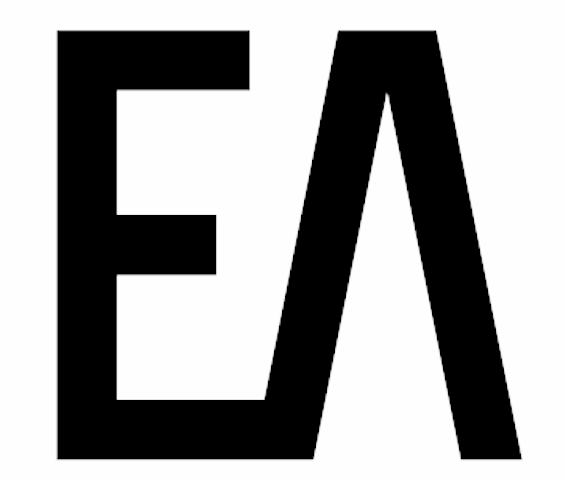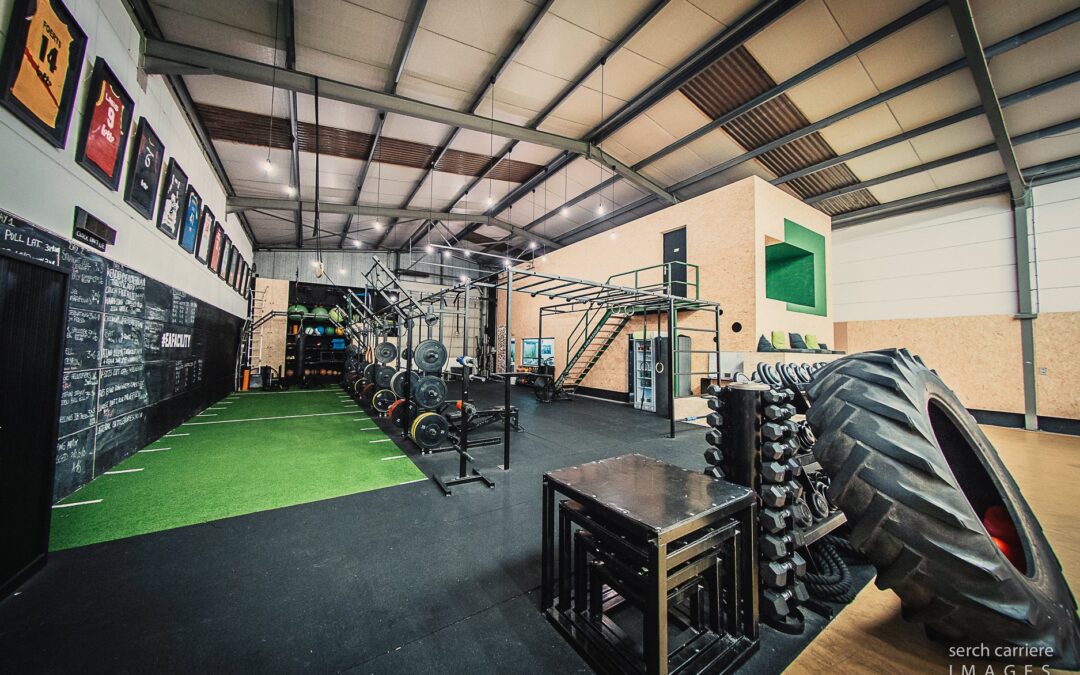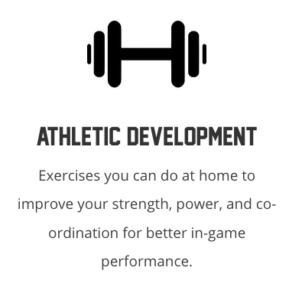During the off-season months we try to deep dive into all of the basics that make a modern basketball player. One of them is athletic development of our players.
In the last 10 years we’ve seen quite some new physical challenges in the young generation: decline in hip mobility from increased sitting, earlier knee pain issues, lower back pain in 12 year olds, postural adaptations from smartphone use, etc. etc.
And of course we have to keep reminding ourselves that if players start solely focusing on basketball at a young age that the athletic training needs to offer enough movement diversity to off-set over-specialisation and asymmetrical development of their still very plastic bodies.
With all that said, players have a lot of drive to become better athletes: they want to jump higher, improve their speed, build muscle and feel confident on the court.
Our program tries to both give them that: the cool work, the stuff they see pro athletes do AND at the same time we try to help them “recover” a good base of mobility, coordination, learning to relax, master simple landing skills – basically the skills you’d get from playing outside instead of gaming!
Our players at our Academy get daily single topic classes (prevent knee pain, jump higher, learning to relax, etc.) and an individual training program they can do before or after their basketball skills sessions.
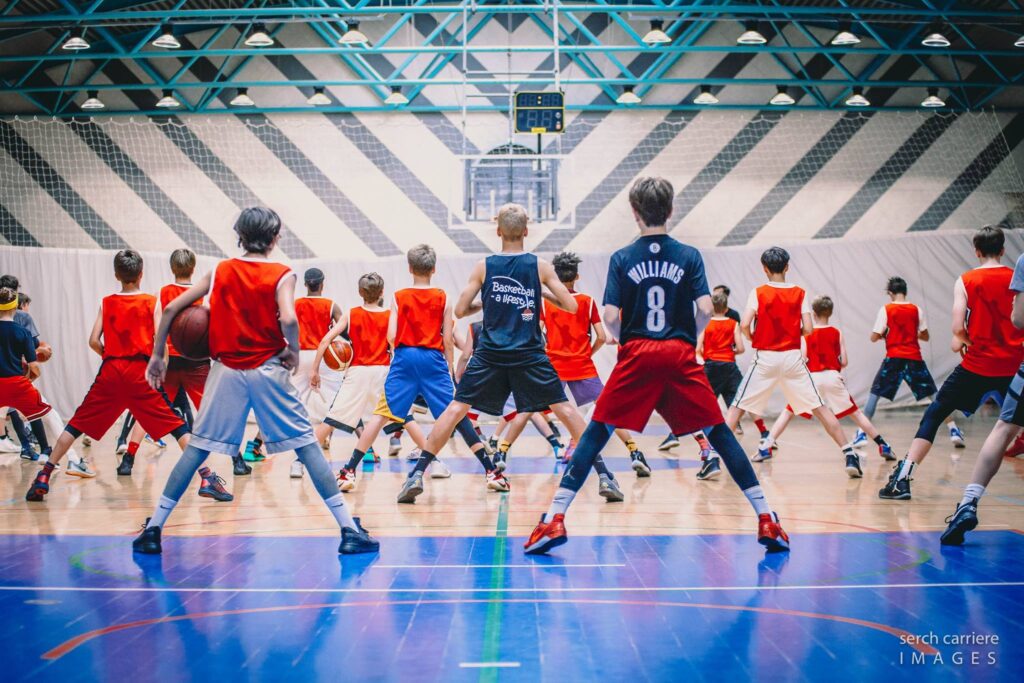
How Our Individual Off-Season Program Works
The Off-Season Program that our players (age 12 to 21) get consists of different phases. Each Phase should be practiced 3 to 4 weeks, and after that players move onto the next phase. We work in phases to progress players in the different topics and give enough diversity of exercises to keep players motivated.
For example the jumping skills we progress from focusing on landing technique initially to double bouncing in phase 2, continuous jumps with short ground contact times in phase 3 – ending with obstacle courses jumps at the end of off-season.
Within some of the exercises players get options to use more difficult or challenging variations as they improve. Because it is individually customizable, the program allows us to use the same program with a wide age group of athletes. The cool thing that happens is that more experienced players after a while start coaching the younger ones in the basics they’ve mastered.
Each training week consists of two training days, Players can alternate between sessions every time they come to the EA Facility.
For example:
- Train 2 times per week: Monday – Day 1, Thurs – Day 2.
- Train 3 times per week: Monday – Day 1, Wednesday – Day 2, Friday – Day 1
Every day consists of three Athletic Development sections (-1, 0, +1) to make players more injury proof, aware of their body, mobile and explosive athlete:
- Section -1: self-massage, breathing & light mobility work
- Section 0: basic squats, spine & active warmup
- Section 1: footwork, jump training, power, strength & conditioning
During the week players have moments with our athletic trainers to get coaching and ask questions about the program. They can also train whenever they like so to make it easy for our players they all have access to our Player Platform where we’ve made an overview video for each section and each training day.
How We Suggest Our Players to Train: Kaizen!
Kaizen is one of the concepts you’ll see us use often. It refers to continuous development. In their program we mention that players should try to aim to do a little better every time they train. This does not necessarily mean that they have to always use more weight or do more sets.
“Better” could mean: to increase quality of execution, weights used, height jumped, precision in landings, levels you use in the strength exercises, concentration during balancing exercises, etc. Better rather refers to staying mindful while practicing, even when you are tired. That’s how many injuries happen.
We expect from them consistency and small steps.
If a player feels tired, it could mean we suggest them to do just 1 set of all the strength exercises instead of 3 to get through the motions but not push it that day so they can recover better for the next day. That’s fine.
Teaching Players to Self-Manage Their Process: Take Notes
Every time players train power & strength we ask them to track their progress.
For example when doing Power & Strength of Day 1 write down the levels, weights and repetitions:
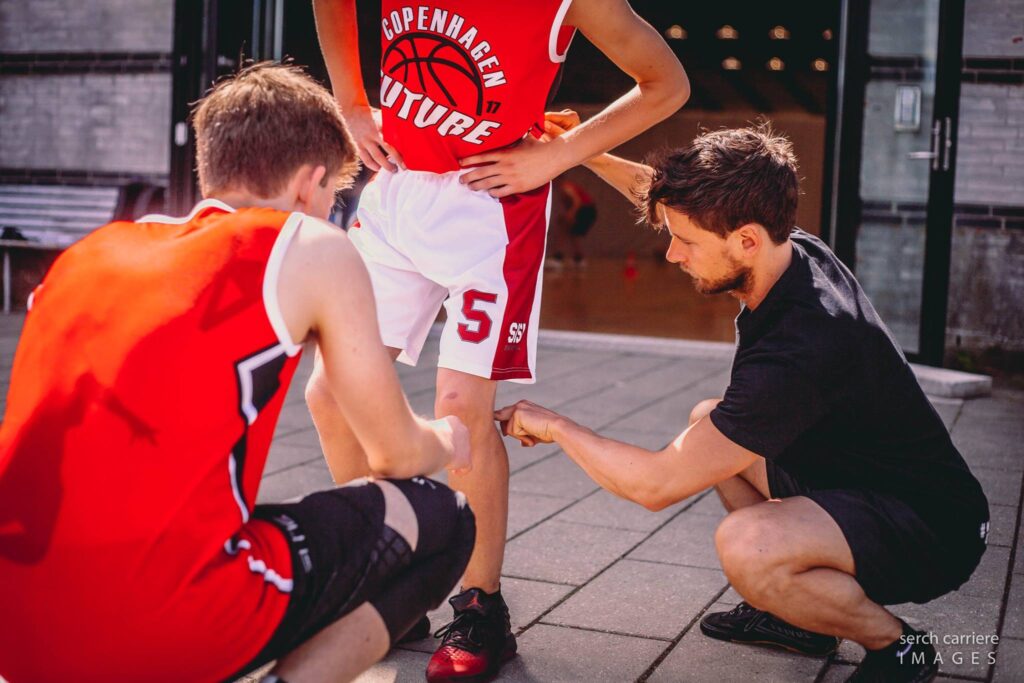 DB Snatch 12kgx10 / 14kgx10
DB Snatch 12kgx10 / 14kgx10
Push Up Feet Elevated on 30cm box x10 / 45cm box x9
Knee over Toes Split Squat with 6kg Dumbbell x10 / 10kg Dumbbell x10
Chin Up x6 / x4
1KB Single Leg Deadlift 8kg x10 / 12kg x8
Farmers Carry 16kg x40m 20kg x40m
Lastly, we ask them to not bring their phones or getting distracted in these sessions. When focused, a session can be completed in 30-45 minutes.
Below you click the icon to download the PDF of Phase 2 of our individual Athletic Performance Program.
The videos for this phase you can see below with instruction of both me and some of our Academy kids. For all programs and videos check out our Player Platform.
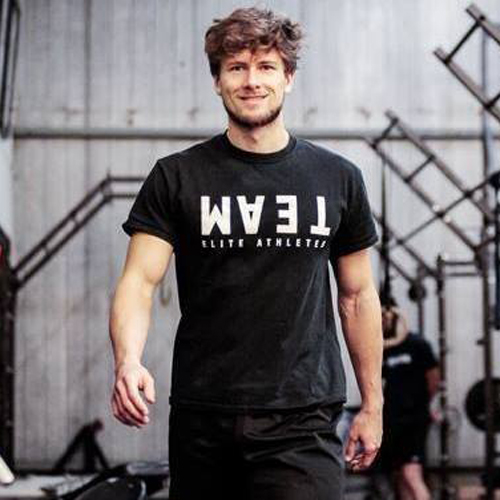
Olivier Goetgeluck is co-founder of Elite Athletes and has the role of Play-Perform Director at the Elite Academy. He is educated as an instructor at Fighting Monkey Practice. Follow Olivier through instagram @goetgeluck or connect at olivier.goetgeluck@eliteathletes.be.
